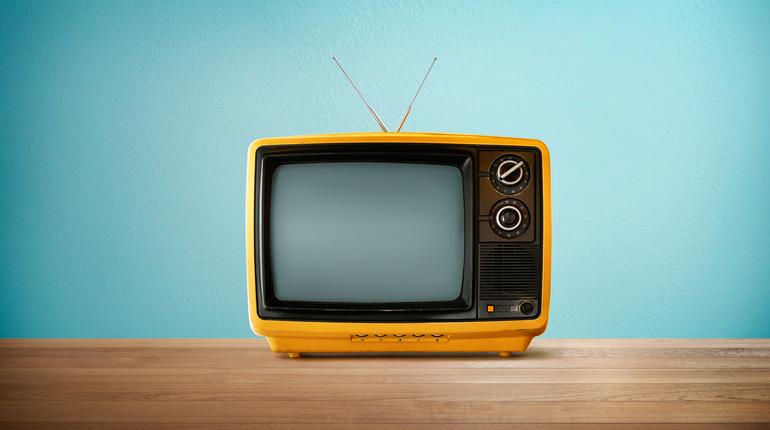Did you know your TV comes with built-in accessibility?


It’s a little known fact that most televisions these days come with built-in features that make them more accessible for people who are blind or partially sighted. Televisions have become an essential part of modern life, and these features can greatly help people with sight loss to enjoy their favourite TV shows, movies, and other content. Let’s find out more.
Manufacturers such as LG, Panasonic, Samsung, and others offer a built-in Voice Guidance feature in their latest digital televisions. Voice Guidance provides audible prompts and feedback that guides users through the TV’s interface and functions. This is particularly helpful for people with vision impairments who may have difficulty navigating menus and settings without visual cues.
The way Voice Guidance works on a TV can vary depending on the manufacturer and model. In most cases, the user will turn on Voice Guidance in the TV’s settings menu, and the software will begin to provide audio feedback.
For example, a Voice Guidance user might hear prompts such as “Press the up arrow button to select an option” or “Use the left and right arrow buttons to adjust the volume.” These instructions can help the user navigate through menus, select options, and complete tasks.
On the other hand, some televisions have the Android operating system preinstalled. Therefore these TVs include accessibility features like TalkBack for speech output. In addition, they offer closed captions and subtitling. The Android operating system also allows access to common TV smart features such as catch up and access to streaming services like Netflix, Amazon Prime, and Disney+.
Some TVs have a magnification feature that zooms in on the screen’s content. Magnification can be beneficial for people with low vision who may need to see the screen more clearly.
Moreover, TVs with high contrast settings make it easier for people with impaired vision to distinguish between different parts of the screen. High contrast settings increase the difference between foreground and background colours, making it easier for the user to see what is happening.
Accessibility features like Voice Guidance, TalkBack, and High Contrast can be set up by going into the relevant menus of the television itself and making the required adjustments. Typically this involves going into Settings > Accessibility and finding out what features are available.
Some TV remotes even offer a dedicated button for accessibility settings. In cases where the accessibility settings are not obvious or easy to navigate, sighted assistance may be required for initial activation and configuration.
Separate add-on devices such as Apple TV, the Amazon Fire TV Stick, and the Chromecast with Google TV also have accessibility tools built in which enable access to video on demand services and TV catch-up apps. These devices don’t show standard broadcast TV, instead they provide access to streaming services and TV streaming apps like RTÉ Player where you can watch your favourite content again.
In conclusion, there are several accessibility features available on modern televisions that make it easier for people who are blind or partially sighted to enjoy their favourite shows and movies. As technology continues to advance, we can expect even more innovative accessibility features to become available on TVs and other devices in the future. Contact IA Labs today to find out how to benefit from your TV’s built-in accessibility.